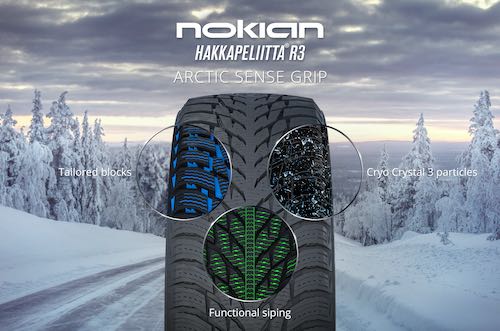When you drive an SUV and you live or drive in an area that has changing weather that not only includes warm weathers, but also has winter conditions with snow, ice or slush. If that is the case you can’t just manage with SUV all-season tires, you will need to have tires that are approved for winter use. This means that you will need to have two sets of tires, one for the warm seasons, SUV all-season tires, and then one set for the cold winter season, SUV winter tires.
It is actually so that winter tires outperform all-season tires even on dry and snow free roads once the temperature reaches 45 degrees Fahrenheit. This is a good indication that you should already change to winter tires when the temperature drops and approaches 45 degrees and not wait until snow is approaching as it is too easy to miss and be surprised by a snowfall. Since the SUV all-season tires have almost no grip during winter conditions, you shouldn’t try to drive with them on your SUV.
The biggest problem is that SUV all-season tires become hard at low temperatures, so even though it looks like they would have no problems on snow, the truth is that with very stiff rubber, they lose their ability to create sufficient friction to provide the necessary grip and traction needed for safe driving, thus you shouldn’t even try.
For more information regarding SUV all-season and winter tires, visit: www.nokiantires.com
